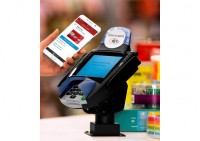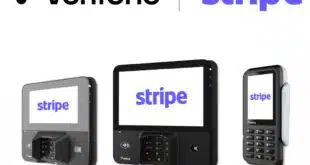Mobile wallets aren’t the revolutionary products they were a few years ago, but as more and more entities launch new ones across the world, the apps are getting much more diverse and cheaper to use. That’s because, while sponsors continue to battle for adoption, they’re finding pricing to be a critical tactic. “The primary adoption strategy is keeping transaction cost as low as possible,” Thad Peterson, a senior analyst at Aite Group, tells Digital Transactions News.
Peterson’s latest report, “The Aite Group Digital Wallet Database: A Global Snapshot,” was released Thursday.
Boston-based Aite’s database now includes some 309 digital wallets worldwide, and among all those products Peterson found only one example swimming against the trend toward lower transaction costs. “The only real exception is Apple [Pay’s] 15 basis points,” he says, referring to the charge Apple Inc. levies on merchants to accept its 5-year-old wallet.
While Peterson noted a general trend toward lower transaction pricing across the database, Aite did not calculate an average cost as part of its research for the report, he says.

But Apple Pay, as well as other generalist wallets like Alphabet Inc.’s Google Pay and Samsung Electronics Co. Ltd.’s Samsung Pay, stand out as exceptions against the panoply of function-specific wallet apps Aite studied. Indeed, most fall into one or perhaps just a few of 11 specific functions noted by the report. Some 47% of them, for example, fall into the “mobile money provider” segment, which accounts for apps that allow users to send money to businesses or other people. That category dwarfs the other 10, with “retailers” coming in second at 17%.
That result took Peterson aback. “The most surprising thing was the percentage of wallets that are mobile-money related,” he says, pointing out that such a large number prompts critical questions for the near future. “It raised the question of how are they going to become interoperable going forward,” he says. “I don’t know how they’re going to do it, but somebody in Kenya will want to send money to somebody in Guinea. There are companies starting to do [interoperability], but it’s pretty early days.”
Besides keeping transaction costs low, another common tactic for growth, Peterson says, is to make the transition to consumer payments. “The pattern seems to be, it starts with [business-to-business payments], then it moves to consumer-to-business payments,” he notes. “When [usage] explodes is when it moves to the C2B phase.” Some 298 of the wallets studied now offer a C2B feature, according to the report.
Clarity for users is another key, Peterson found. “Total transparency is really important,” he says, “so [users] can see how much money they have and what things cost.”
The 300-plus products Aite studied came from every region of the world, with North America accounting for just shy of one-third of them. The next two regions were Europe/Middle East, at 24%, and Asia-Pacific, at 22%. Some 49 wallets, or 16% of the total, operate across the world.
Among the 152 wallets with point-of-sale payment-interface capability, some 85, or 56%, link via quick-response codes, with 53 (35%) using near-field communication technology.





